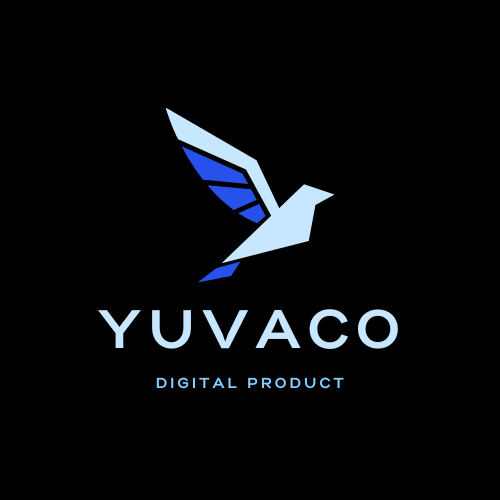
Product management frameworks are structured approaches that help product managers plan, develop, and manage products effectively. These frameworks provide a systematic way to address various aspects of product management, from ideation to launch and beyond. In this comprehensive guide, we’ll explore several popular product management frameworks that can be valuable for product managers.
1. Agile Product Management Framework:
Agile is a widely adopted framework that promotes iterative development, collaboration, and flexibility. Key components of Agile product management include:
- Scrum: A specific Agile methodology with roles like Scrum Master and Product Owner, sprint planning, and daily stand-up meetings.
- Kanban: Visualizes work on a board and focuses on continuous delivery and workflow optimization.
- User Stories: Descriptive narratives that capture product features from a user’s perspective.
- Backlog Management: Prioritizing and managing a backlog of features and tasks.
2. Lean Startup:
The Lean Startup framework emphasizes rapid experimentation and validated learning. Key principles include:
- Build-Measure-Learn: A cycle of quickly building a minimum viable product (MVP), measuring its performance, and learning from the results.
- Customer Development: Ongoing engagement with customers to refine product-market fit.
- Pivot or Persevere: The decision to pivot (change direction) or persevere (continue with the current strategy) based on feedback and data.
3. Design Thinking:
Design thinking focuses on empathy, creativity, and iterative problem-solving. It involves stages such as:
- Empathize: Understanding user needs and pain points.
- Define: Defining the problem to be solved.
- Ideate: Generating creative solutions.
- Prototype: Creating and testing prototypes.
- Test: Gathering feedback and iterating on the solution.
4. Jobs-to-Be-Done (JTBD):
JTBD is a framework that emphasizes understanding the underlying “job” or goal a customer wants to accomplish. It includes:
- Job Mapping: Identifying the steps customers take to achieve their goals.
- Customer Interviews: Gathering insights through interviews to understand the “jobs” customers hire products to do.
- Outcome-Driven Innovation: Focusing on the desired outcomes customers seek, rather than just the features they request.
5. Product Lifecycle Management (PLM):
PLM is a framework that spans a product’s entire lifecycle, from conception to retirement. Key stages include:
- Concept: Idea generation and validation.
- Design and Development: Creating the product based on specifications.
- Testing and Validation: Ensuring the product meets quality standards.
- Launch: Introducing the product to the market.
- Growth and Maturity: Expanding market reach and maintaining the product.
- Decline and End-of-Life: Managing product phase-out or replacement.
6. Hooked Model:
The Hooked Model, developed by Nir Eyal, focuses on creating habit-forming products. It consists of four components:
- Trigger: What prompts users to take action?
- Action: The behavior users perform.
- Variable Reward: The benefits or incentives users receive.
- Investment: Encouraging users to invest in the product, increasing their commitment.
7. Outcome-Driven Roadmapping:
This framework emphasizes focusing on desired outcomes or results when planning product roadmaps. It includes:
- Setting Clear Objectives: Defining specific, measurable, and time-bound objectives.
- Key Results: Establishing key results or metrics to measure success.
- Hypothesis-Driven Development: Formulating hypotheses about what will drive the desired outcomes and testing them.
8. Jobs-To-Be-Done (JTBD) Segmentation:
Segmenting customers based on the “jobs” they are trying to accomplish rather than traditional demographics. This helps tailor products to specific needs.
9. North Star Metric:
Identifying a single metric that best reflects a product’s value to users and aligning all efforts around it.
10. Product-Market Fit (PMF):
The concept of achieving a state where the product satisfies a significant market need. Measuring and optimizing for PMF is crucial.
These are just some of the many product management frameworks available. Effective product managers often adapt and combine elements from multiple frameworks to suit their specific products and organizational contexts. The choice of framework depends on the nature of the product, market dynamics, and the goals of the organization. The art of product management lies in selecting and applying the right framework(s) to deliver successful products.

Leave a Reply